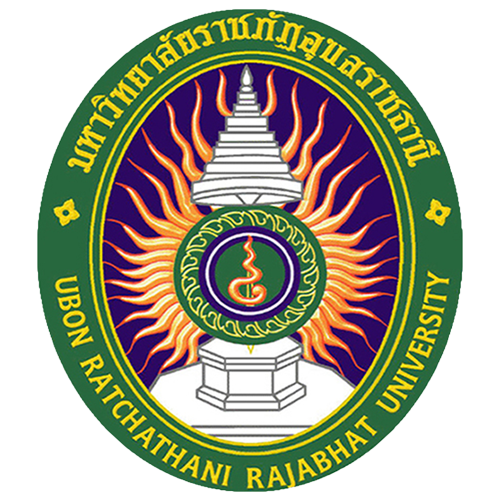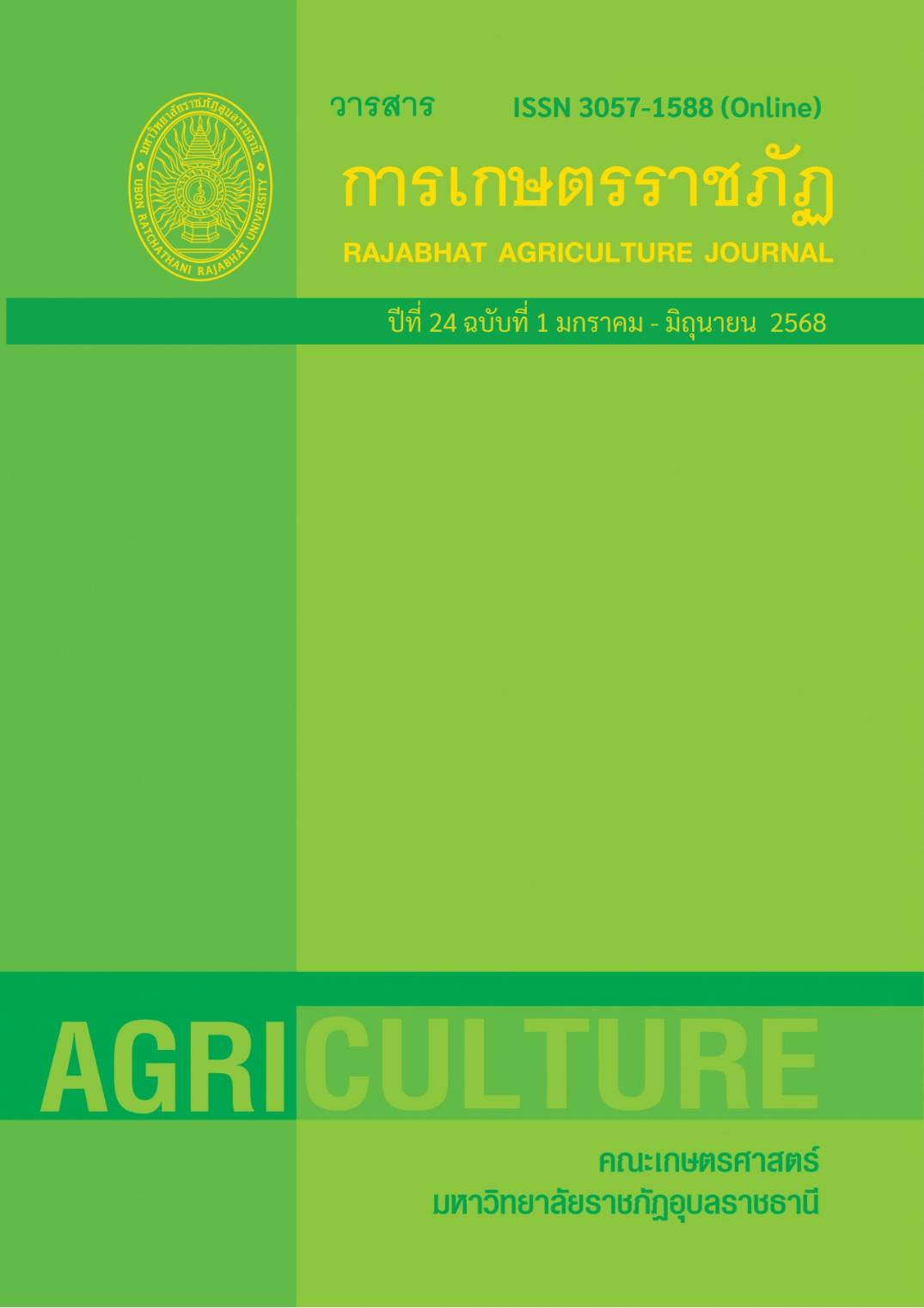Integrated Management of Galangal (Alpinia galanga(L)) Bacterial Wilt Disease Caused by Ralstonia solanacearum
Main Article Content
Abstract
Integrated Management of Bacterial Wilt in Galangal (Alpinia galanga(L)) Caused by Ralstonia solanacearum in Phichit Province. A field experiment was conducted on farmers' plots in Thung Noi Subdistrict, Pho Thale District, Phichit Province, During 2022 - 2024. The objective was to address bacterial wilt and minimize yield losses in red eye galangal by applying the integrated ginger production technology developed by the Department of Agriculture. This approach aimed to enhance yields and enable continuous cultivation on the same land, promoting sustainable production for farmers. This study evaluated the integrated ginger production technology consist of soil preparation with soil fumigation was mixed with urea fertilizer (0-0-46) and lime rate of 80: 800 kg/rai, left for 3–4 weeks to eliminate soil pathogens. A biocontrol solution from Bacillus subtilis (BS-DOA 24) was prepared by mixing 50 grams of inoculum with 1 liter of 2% molasses solution, shaking well, and incubating for 24 hours (shaking 2–3 times). The solution was then diluted with 100 liters of water, and rhizomes were soaked in it for 30 minutes before planting. After planting, BS – DOA 24 was applied monthly. Infected plants showing wilt symptoms were removed, and the surrounding area was treated with BS – DOA 24 solution. Additionally, a mixture of urea and lime (1:10) was applied at 500 grams per plant before covering the hole. Compared to conventional farmer practices (control), the integrated management approach significantly increased yields. During 2022 - 2023, the tested plots produced an average yield of 3,607 kg per rai, which was statistically higher than the control plots that yielded 2,710 kg per rai.The incidence of bacterial wilt was also markedly lower in the tested plots (1.64%) compared to the control plots (17.7%). In 2024, five demonstration plots were established, and a knowledge-sharing event was organized to transfer the technology to 30 participating farmers. Farmers expressed high satisfaction with the soil management techniques and the use of BS – DOA 24, as they effectively controlled bacterial wilt, increased yield, enabled continuous cultivation on the same land, reduced production costs, and ultimately increased farmers' income.


